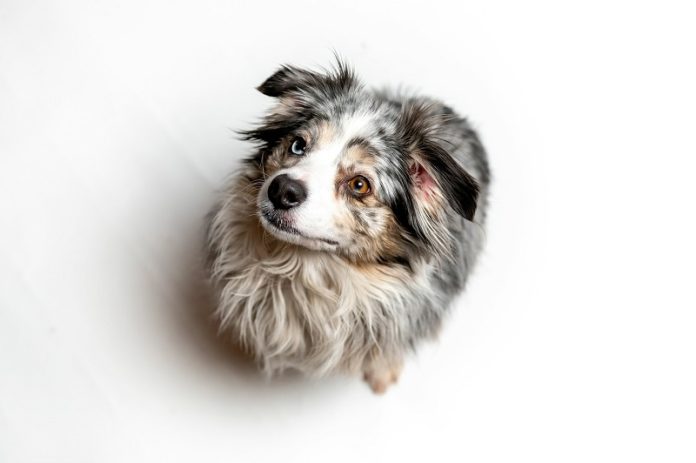
If you have a pet, you likely interact with their coat every day, whether you’re petting, grooming, or feeding them.
Keeping your pet’s coat healthy is essential, and it depends on a few key factors.
Nutrition is Key
Just like in humans, a pet’s diet plays a big role in the health of their coat. Omega-6 and omega-3 fatty acids are essential for healthy skin and fur.
Pets with a very low-fat diet or those who are malnourished might end up with dry, unhealthy coats.
The good news is that most commercial pet foods contain the right nutrients to keep your pet’s coat shiny and healthy.
Grooming matters
Grooming your pet isn’t just about making them look nice.
Regular grooming removes dirt, dead skin, and hair, and it also gives you a chance to check for any issues like ticks or skin lesions. Grooming also prevents mats from forming.
Mats are clumps of tangled hair that can get closer to your pet’s skin over time, causing irritation or even raw skin.
Mats usually form in areas where there’s friction, like around the collar or on the legs. Regular brushing can help you catch mats early before they become a painful problem.
Cats are natural self-groomers, but they still need some help, especially as they get older. Cats that are overweight or have arthritis might struggle to groom themselves properly, and even cats that groom well can still get mats.
Getting your cat used to grooming when they’re young can make it easier to help them maintain their coat as they age.
Understanding shedding
All pets shed, but some breeds shed more than others. Dogs usually grow thicker coats in the winter and shed them in the spring, with some shedding year-round.
Double-coated dogs, which have an undercoat and a topcoat, also shed heavily in the fall as they lose their undercoat.
Cats typically go through one or two cycles of shedding each year, but indoor cats may not follow these cycles because they live in a stable temperature environment.
Shedding can be influenced by factors like age, stress, diet, and pregnancy.
What about hair loss?
Shedding is normal, but if your pet’s coat is patchy or they’re losing hair in spots, it could be a sign of a health issue. Hair loss, or alopecia, can be caused by several factors:
- Allergies can cause itchy, inflamed skin that leads to hair loss.
- Behavioral problems like stress can cause cats to over-groom, resulting in bald spots.
- Hormonal imbalances such as hypothyroidism can lead to a patchy coat.
- Fleas and mites can cause pets to scratch or chew at their skin, leading to hair loss.
Some pets are allergic to flea saliva, which can cause intense itching and hair loss even from a single bite. This condition is called “flea allergy dermatitis,” and it’s crucial to use flea and tick preventatives year-round to keep your pet flea-free.
If you notice your pet losing fur in patches, it’s a good idea to visit your veterinarian to find out what’s causing the problem. Taking care of your pet’s coat not only keeps them looking good but also keeps them feeling good.



